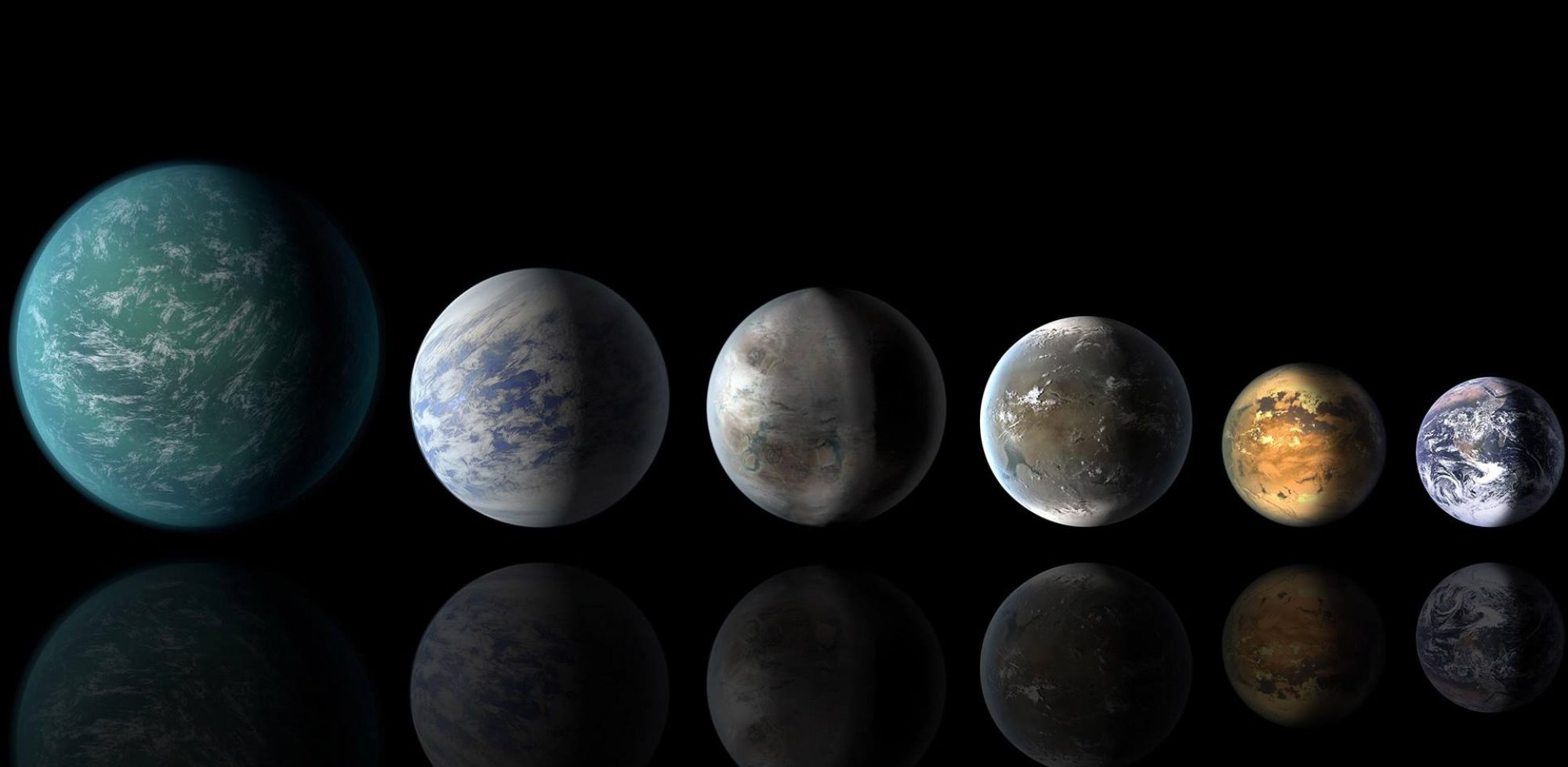When thinking and talking about "astrobiology," many people are inclined to think of alien creatures that often look rather like us, but with some kind of switcheroo. Life, in this view, means something rather like us that just happens to live on another planet and perhaps uses different techniques to stay alive. But as defined …
